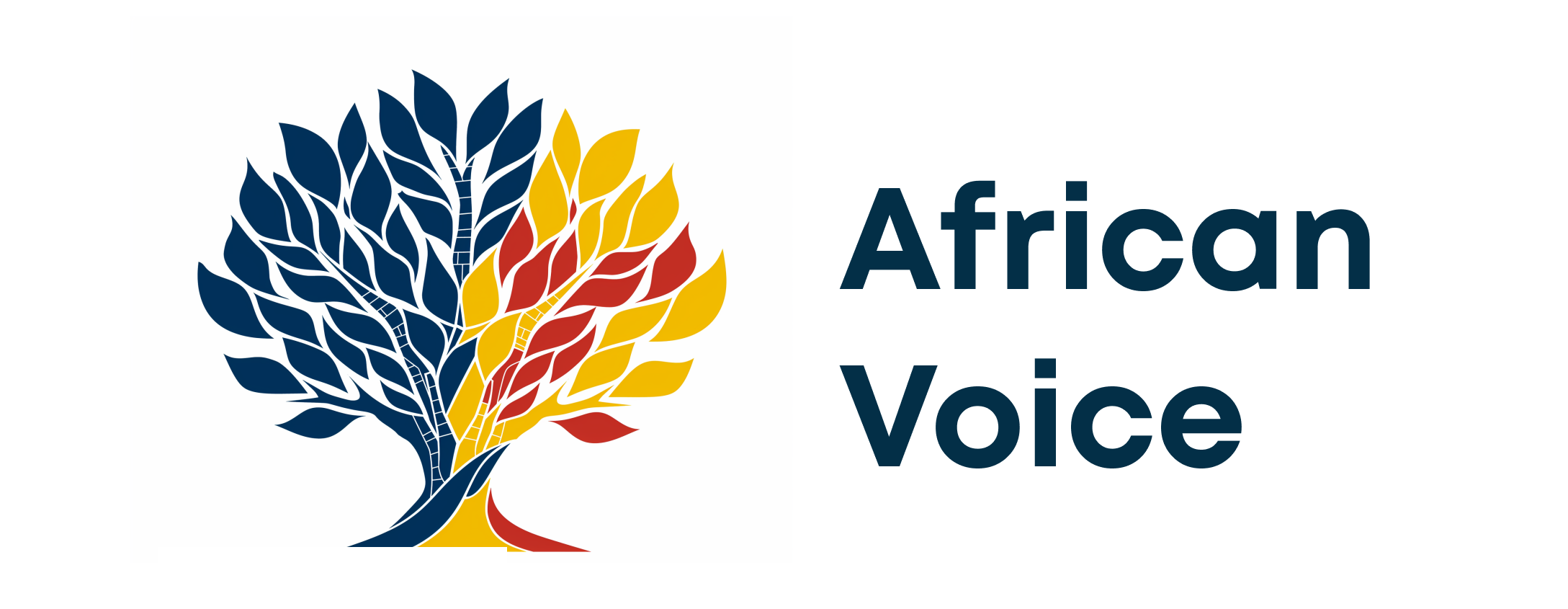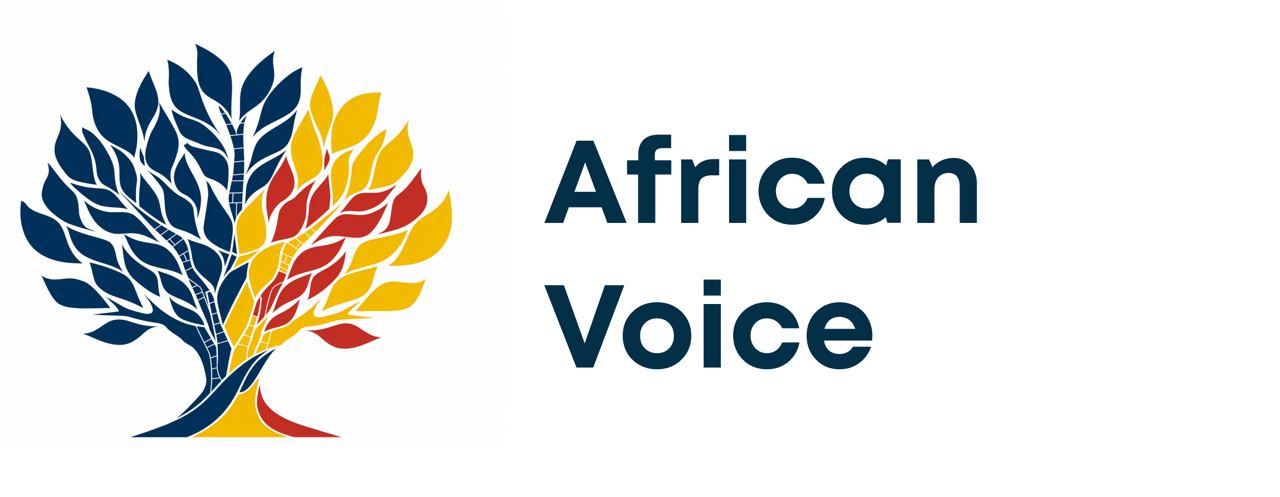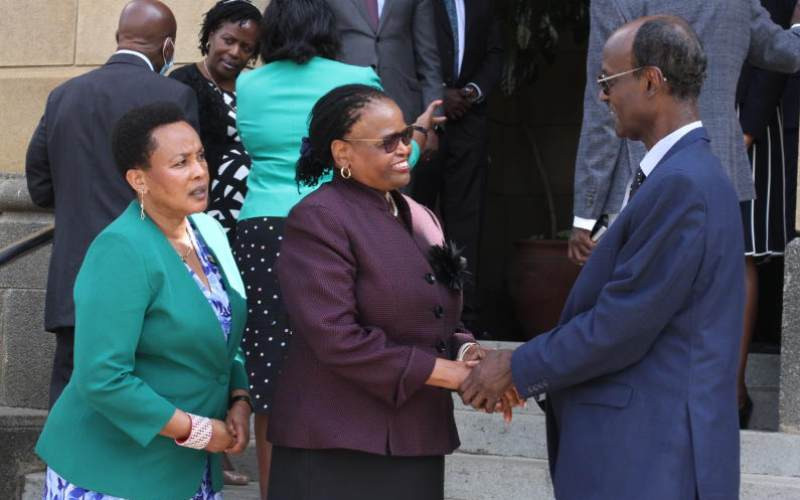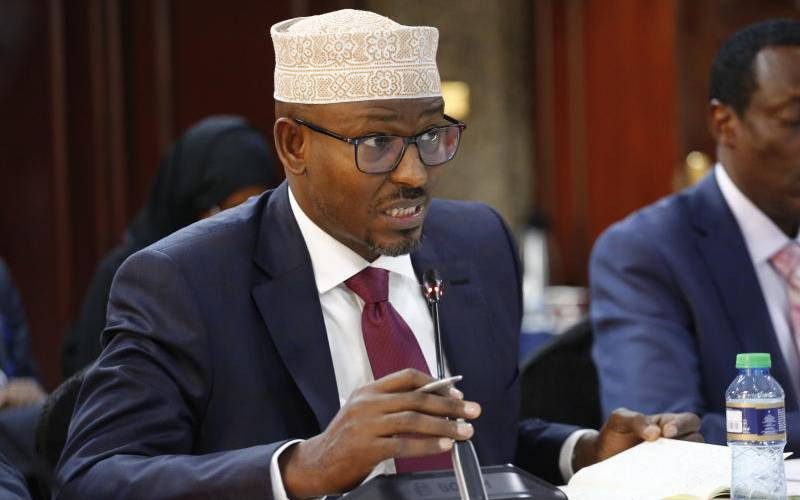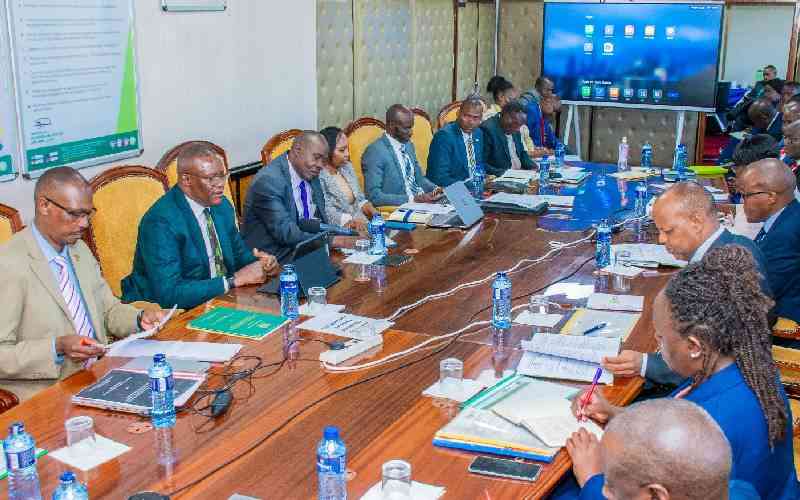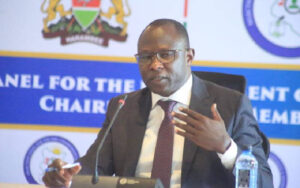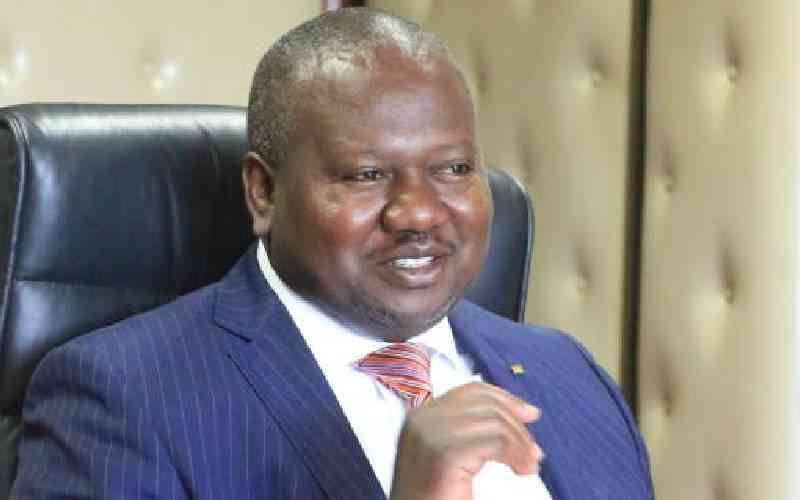As devolution steers through its 12th year, pending bills resulting from delayed disbursement of funds continue to cripple service delivery in counties.
The Council of Governors (CoG) yesterday delivered its annual status of devolution report, in which it cited the huge debts as one of the challenges in the performance of critical functions such as healthcare.
“The high pending bills are largely attributed to delays in disbursing funds,” said CoG chairman Ahmed Abdulahi.
A reduction in donor funding is also a challenge that continues to impact service delivery, especially in the health sector.
This comes at a time counties have expressed fears that there are attempts to cripple devolution through lack of funding.
The status address precedes the devolution conference that will be held in Homa Bay County in August this year.
Despite decrying late disbursements, Counties have reported that they received Sh400.26 billion in full equitable shares and Sh16.27 billion of additional allocations from development partners as at 10th July 3025.
The Counties have also reported partial settlement of pending bills., As of the end of the Third Quarter of the FY 2024/25, as of 31st March 2025, the outstanding pending bills for County Governments amounted to Sh172.51 billion.
As of 31st March 2025, the outstanding pending bills for County Governments amounted to Sh172.51 billion. Nairobi City County accounted for 70 per cent of the total pending bills at Sh115.69 billion.
In the nine months to June 2025, County Governments generated a total of Sh45.91 billion of own-source revenue, translating to 53 per cent of the annual target of Sh87.11 billion. This was an improvement by 11 per cent. Compared to the revenue generated in a similar period of FY 2023/24.
“Further analysis of OSR as a proportion of the annual target indicates that some counties, such as Tana River, Garissa, Narok, Samburu, Kirinyaga, and Elgeyo Marakwet, achieved higher percentages of local revenue collection annual targets,” the COG Chair said.
Counties are projecting a budget implementation of Sh600.69 billion for the financial Year 2024/2025. Sh222.2 billion (37%) allocated to development expenditure and Sh378.49 billion (63%) to recurrent expenditure.
According to Ahmed Abdulahi, the chairperson Council of Governors, Agriculture remained a key driver of employment in 2024. Further, countries continued to invest in agricultural mechanisation,
The County’s status report showed that Livestock health interventions also scaled up significantly.
Stay informed. Subscribe to our newsletter
“A total of 6.15 million animals were vaccinated, nearly doubling the 3.33 million vaccinated in the previous year, an 85% increase that highlights intensified County-level disease prevention efforts. In addition, artificial insemination services grew markedly, with 482,431 procedures conducted, up from 137,190 in the previous year, an approximately threefold increase in genetic improvement outreach,” Wajir Governor, Ahmed Abdulahi, said.
In the review period, counties in the Arid and Semi-Arid lands recorded a significant reduction in the incidence and impact of disasters compared to the previous year.
In the Financial 2024/2025, Disaster-related fatalities declined by 59 per cent from 315 to 128, while reported injuries dropped from 188 to 67, and displacement camps decreased drastically from 291 to 64.
The number of affected schools reduced from 1,647 to 297 (82% decline), damaged health facilities reduced from 64 to 38, and WASH facility damage dropped by 87%, from 5,306 to 679.
According to Governor Abdulahi, the number of Counties that had enacted Disaster Risk Management (DRM) Acts increased in the review period. Also, 22 counties allocated at least 2% of their annual budgets to emergency funds. “Post-disaster livestock vaccinations nearly doubled from 2.96 million to 6.15 million animals, demonstrating enhanced resilience and coordinated risk management.”
According to the council Chair, governors are advocating for the allocation of about Sh7.8 billion annually by the Ministry of Health to facilitate the transition of approximately 8,287 UHC staff to the County payroll.
The chairperson also said that public health facilities received Sh12.7 billion as of May 2025 out of the total Sh35.66 billion paid under SHIF. The sector accounted for 35.6%, faith-based 15.6% and private facilities 48.8%.
This was attributed to the registration of 24.4 million citizens across the 47 Counties under the Social Health Insurance Authority (SHA),
Under the Primary health care fund, Sh5.9 billion has been paid out for Public, Private and faith-based organisations. Sh3.7 billion (54%) of the total has been paid out to public facilities.
“Service delivery has significantly been affected by the fluctuations in exchequer releases, and the recent changes in donor funding for the sector,” COG Chair Abdulahi said, “this affected the management of core Human resources, health information systems stability and availability of essential commodities and vaccines in facilities.”
He further notes, “It is critical that resources for health are released on time, pending NHIF debts are paid, and health system components are continuously strengthened for achievement of UHC”.
In the preceding months, governors and members of parliament had a longstanding battle over the road maintenance levy fund of Sh10.5 billion. In June 2025, the High Court ordered the allocation of funds to the Counties, noting that excluding the counties from the road levy was unconstitutional.
In the review period, ass reported in the stats report, County Governments managed over 182,832 Km of the total road network in the Country out of which 4% of the network is tarmacked, 44% is graveled and 51 % of the network is earth roads.
The governors have also reported that the number of businesses issued with trade licenses grew significantly from 506,855 to 842,931, a 66% increase, demonstrating growing business formalisation and County responsiveness to enterprise needs.
